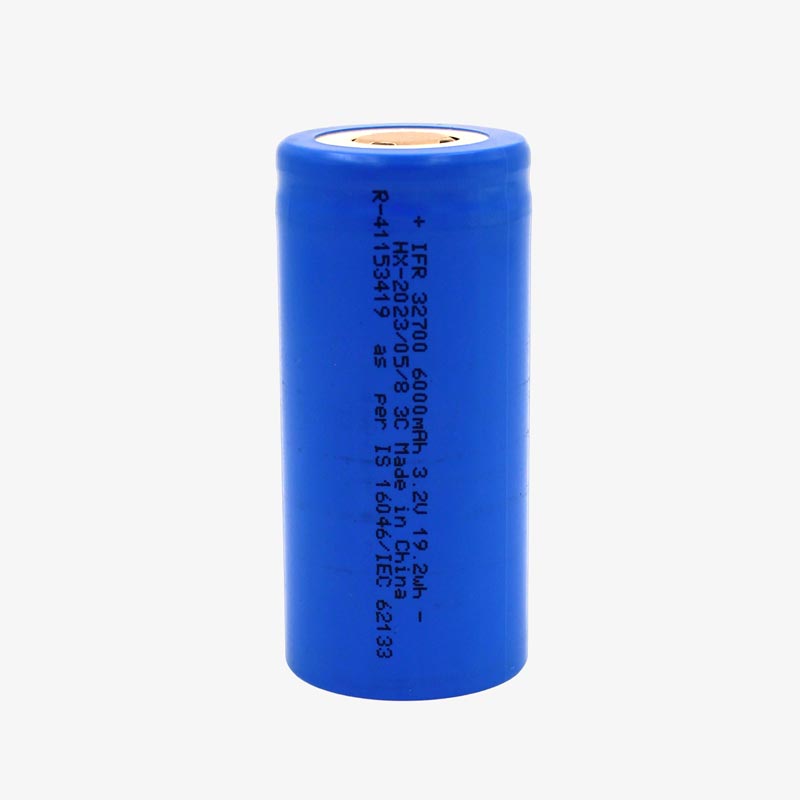Types of Lithium LifePO4 battery cells
Introduction to Lithium Iron Phosphate (LiFePO4) Batteries:
Lithium Iron Phosphate (LiFePO4) batteries are a type of rechargeable lithium-ion battery known for their high energy density, long cycle life, and enhanced safety features. LiFePO4 chemistry is particularly popular in various applications, including electric vehicles, renewable energy storage, and portable electronic devices. Within the LiFePO4 category, there are different types of cells, each with unique characteristics.

1. Cylindrical LiFePO4 Cells:
- Design: Cylindrical LiFePO4 cells have a tubular shape and are commonly used in power tools, electric bicycles, and some energy storage systems.
- Advantages: They offer a good balance between energy density and power output. The cylindrical design allows for efficient heat dissipation.
- Applications: Power tools, electric bicycles, energy storage systems.
2. Prismatic LiFePO4 Cells:
- Design: Prismatic LiFePO4 cells have a flat, rectangular shape, similar to a thin box. This design optimizes space utilization and is commonly used in applications where form factor matters.
- Advantages: Space-efficient, making them suitable for devices with limited space. Enhanced thermal performance due to the flat design.
- Applications: Portable electronic devices, electric vehicles.
3. Pouch LiFePO4 Cells:
- Design: Pouch LiFePO4 cells have a flexible, flat design and are encased in a soft, pouch-like material. This design allows for greater flexibility in terms of shape and size.
- Advantages: Lightweight and flexible, enabling designers to create custom shapes. Good thermal performance.
- Applications: Wearable devices, medical devices, custom-shaped battery packs.
4. Large-Format LiFePO4 Cells:
- Design: Large-format LiFePO4 cells are designed for stationary energy storage applications, featuring a larger size and capacity.
- Advantages: High capacity suitable for grid-scale energy storage. Robust and long-lasting for extended cycling.
- Applications: Stationary energy storage, backup power systems.
Conclusion:
In conclusion, the versatility of LiFePO4 chemistry allows for the development of various cell designs catering to specific application requirements. Whether it's the cylindrical, prismatic, pouch, or large-format design, each type of LiFePO4 cell brings unique advantages, contributing to the widespread adoption of this technology in diverse industries.
Comments
Post a Comment